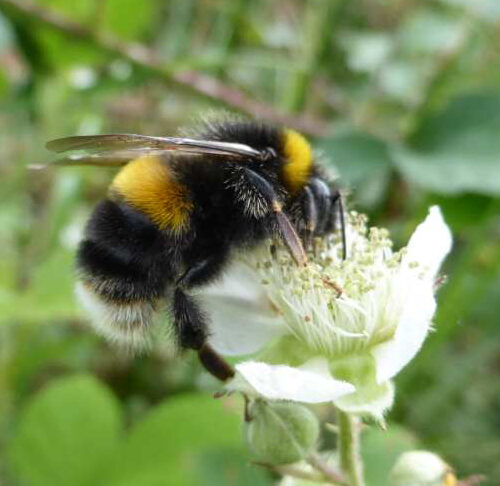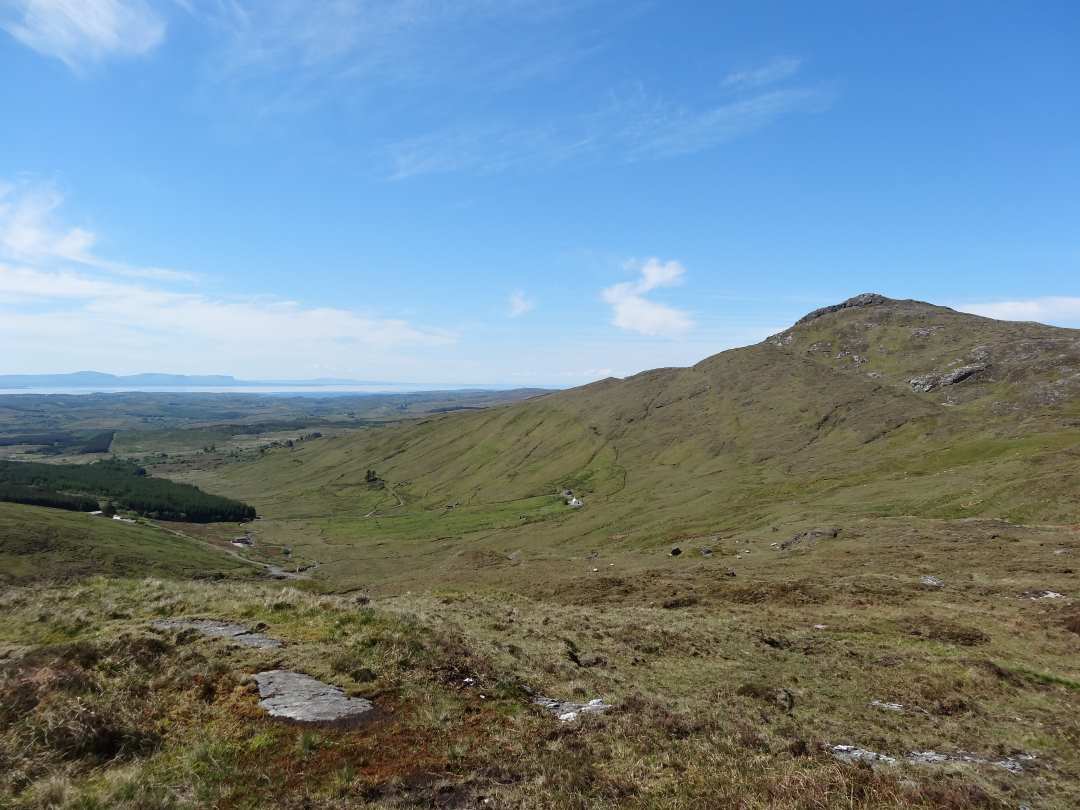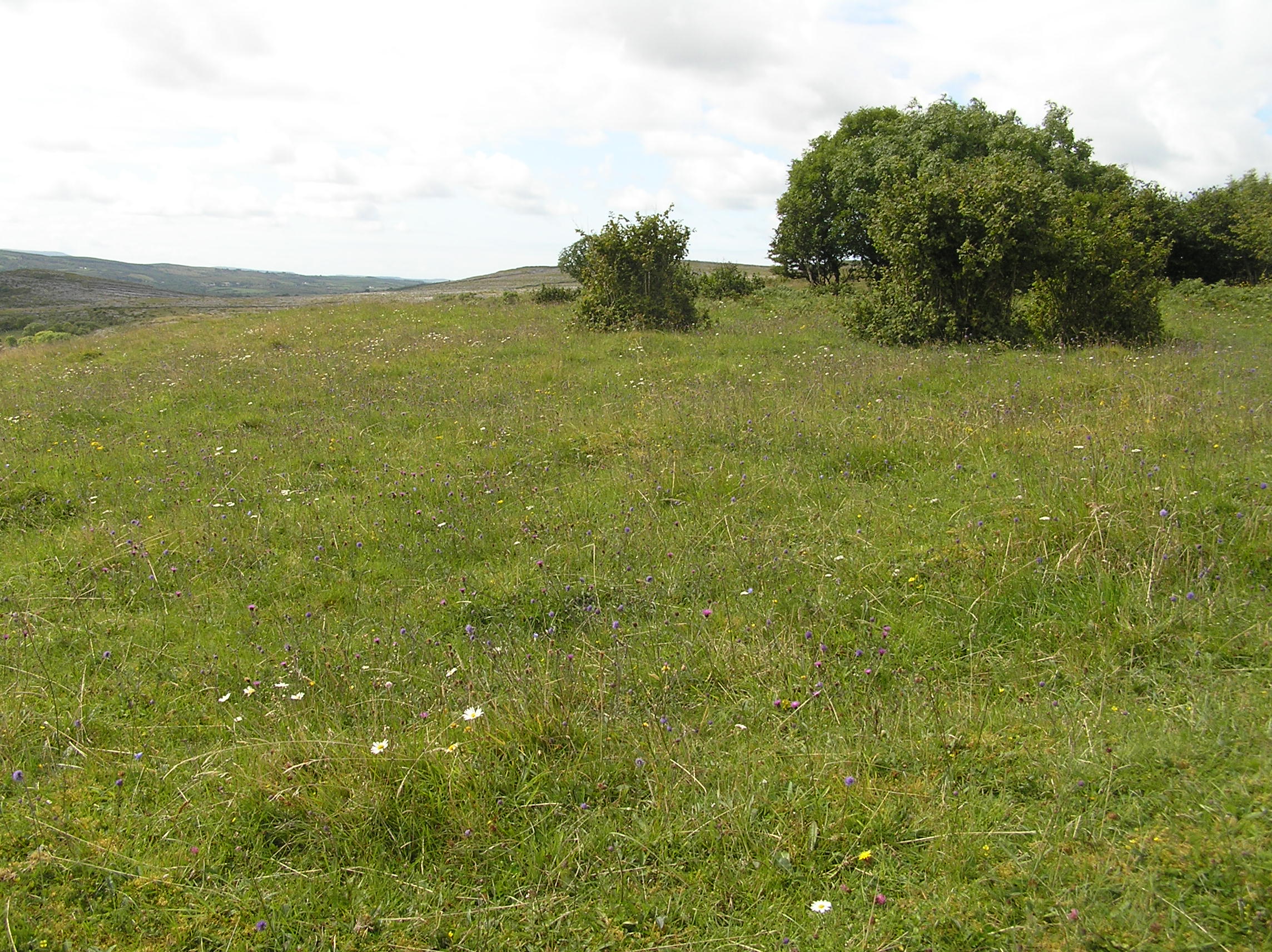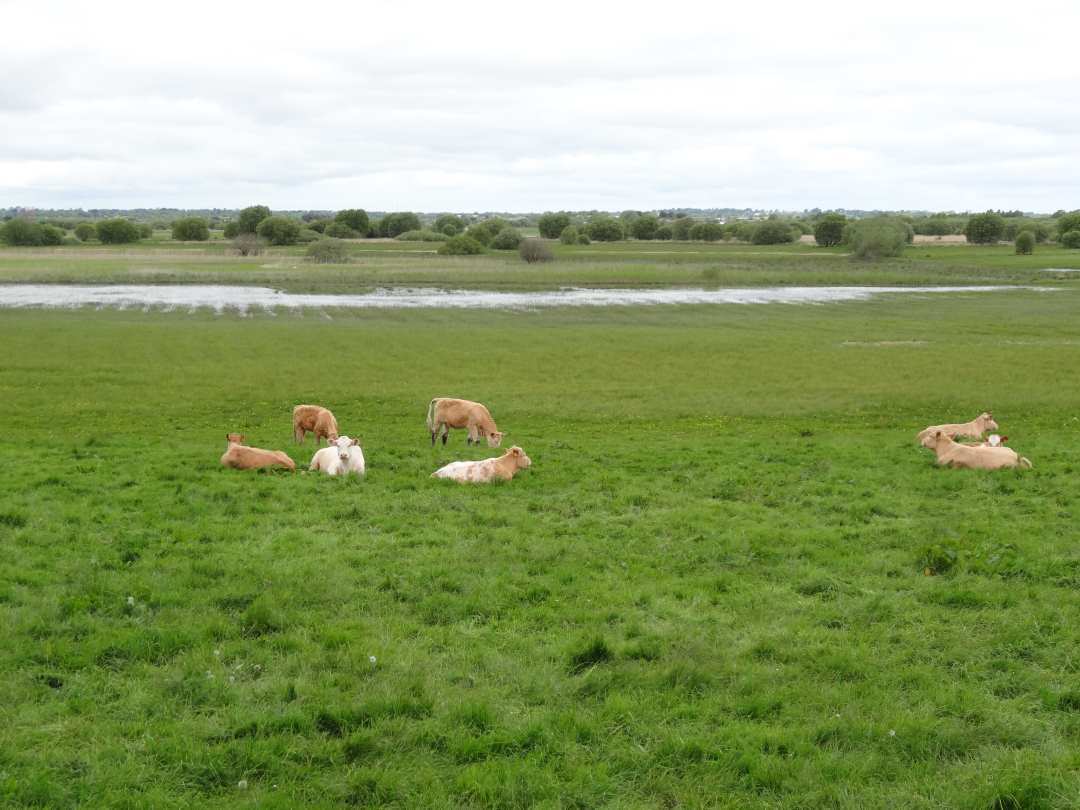High Nature Value (HNV) farmland is extensively managed farmland that has high biodiversity. This farmland is important for the conservation of semi-natural habitats and the plants and animals linked with them. Supporting this type of farmland will ensure high levels of farmland biodiversity, vibrant rural communities, high water, air and soil quality and resistance to flooding among other things.
These farms occur most frequently in areas that are mountainous, or areas where natural constraints prevent intensification. Farming sustains the biodiversity of these landscapes and is integral to maintaining their high nature value.




